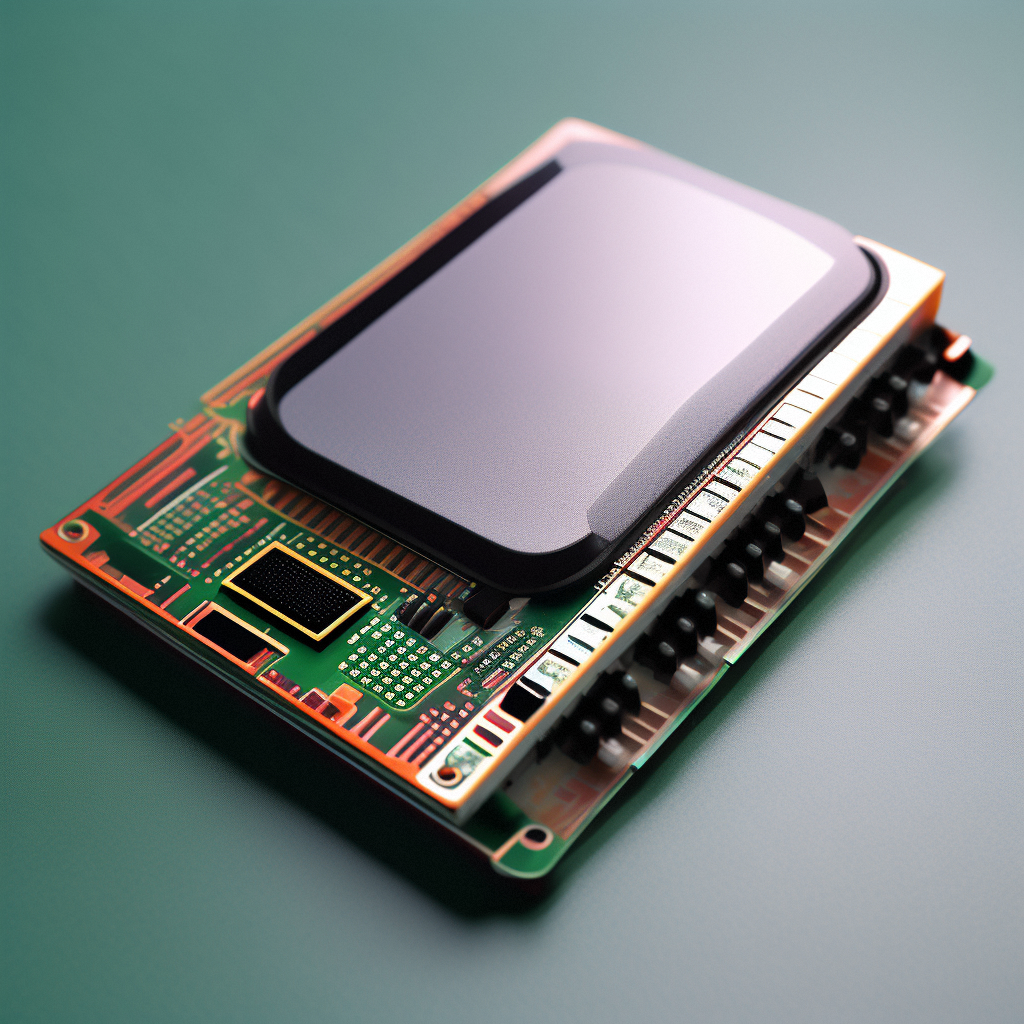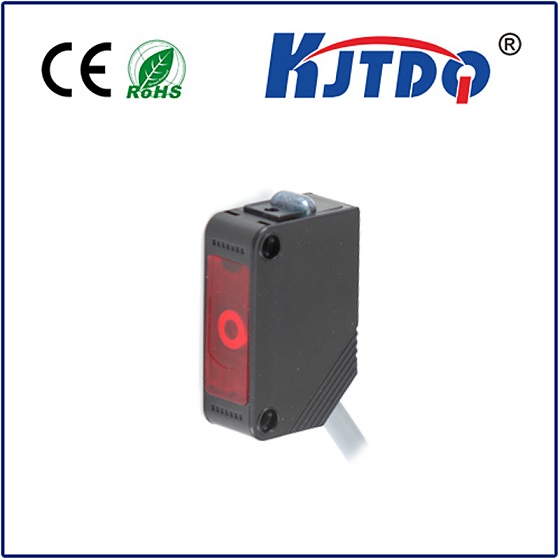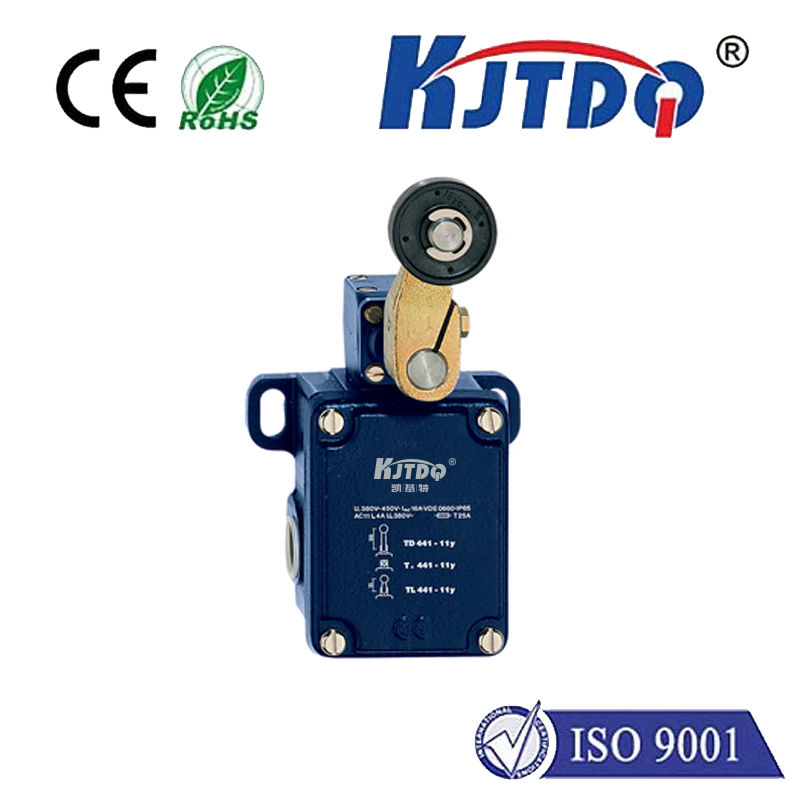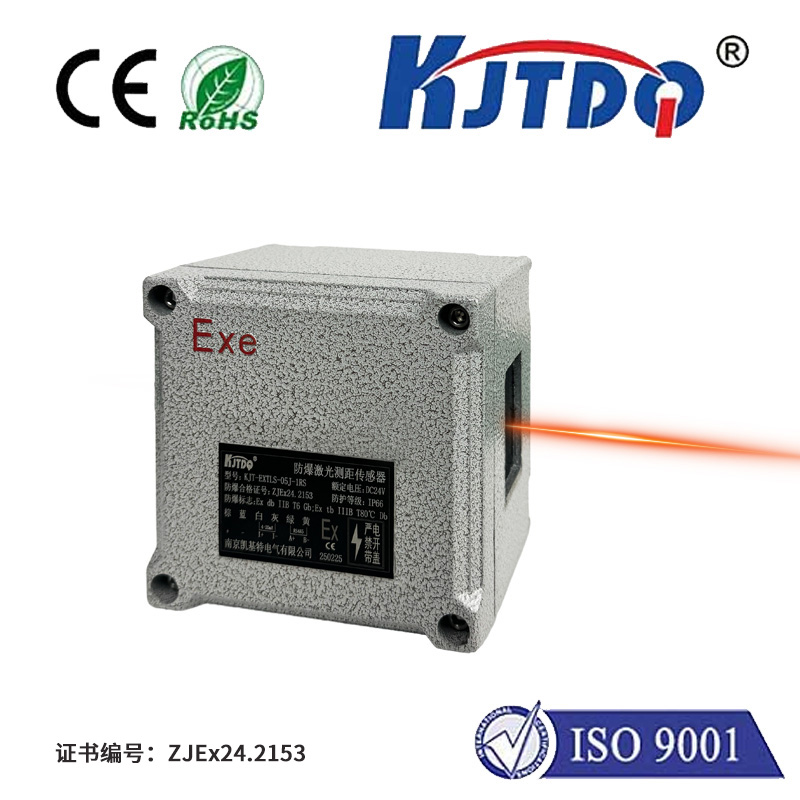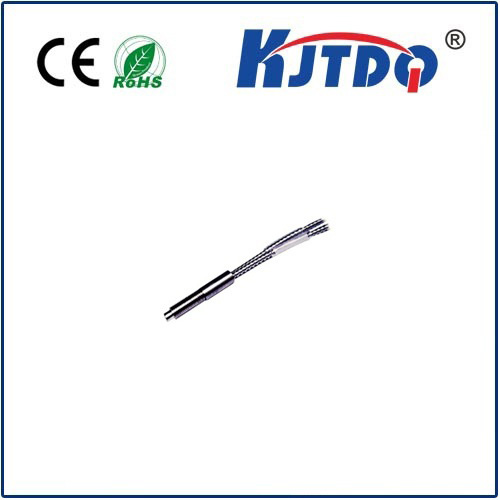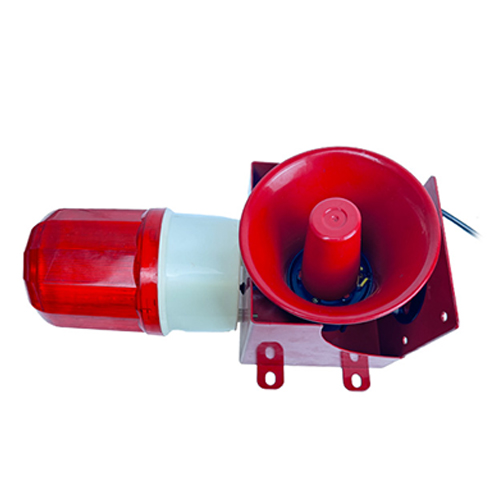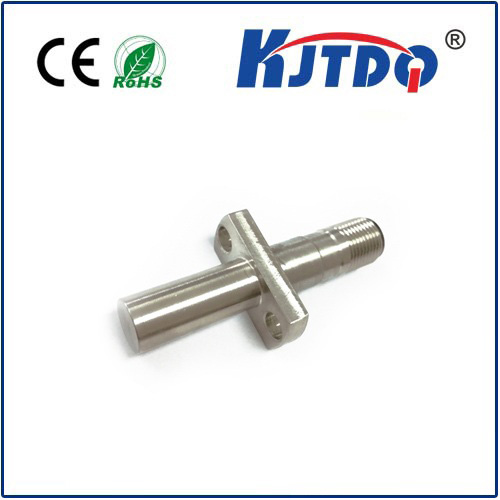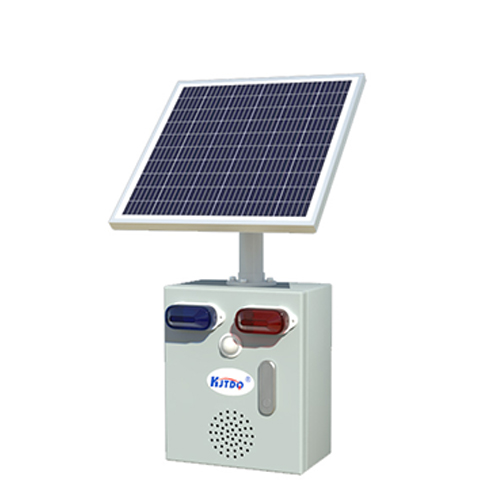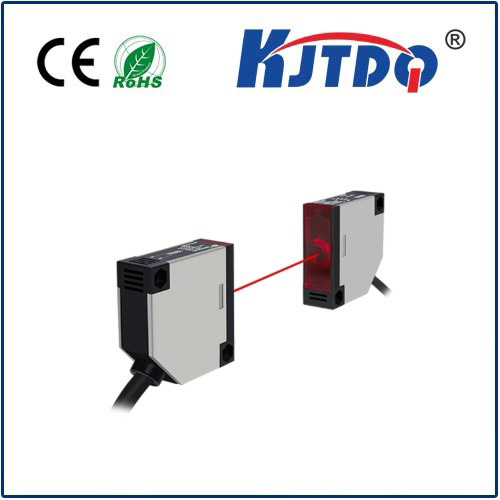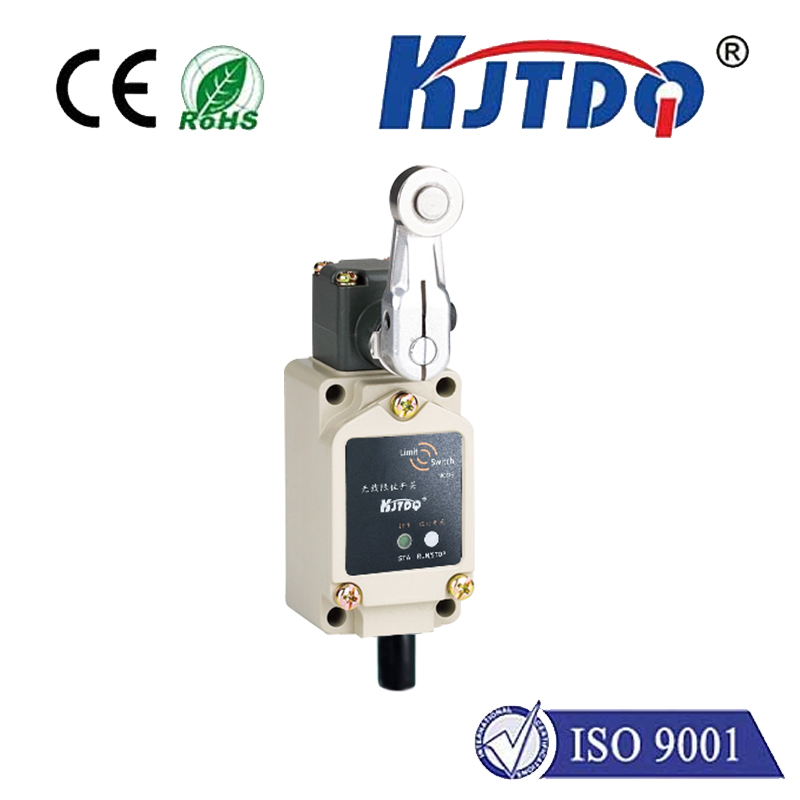Unlocking the Potential of LiDAR Technology: Achieving 200m Range and Beyond In the realm of advanced sensing technologies, LiDAR (Light Detection and Ranging) has emerged as a game-changer, offering unparalleled precision and versatility. One of the most critical metrics in LiDAR’s performance is its range, and achieving a 200m range has become a benchmark for many applications. This article delves into the significance of LiDAR 200m, exploring its applications, technological advancements, and the future it promises.
LiDAR technology has come a long way since its inception. Originally developed for military and aerospace applications, it has now permeated various industries, including autonomous vehicles, robotics, and environmental monitoring. The ability to detect objects up to 200 meters away with high accuracy has opened new avenues for innovation.
The 200m range is not just a number; it represents a critical threshold in many applications. In autonomous driving, for instance, a vehicle traveling at highway speeds requires sufficient time to react to obstacles. A 200m detection range ensures that the vehicle has ample time to make informed decisions, enhancing safety and reliability. In urban planning and environmental monitoring, the ability to map large areas with high precision is invaluable. LiDAR systems with a 200m range can cover extensive terrains, providing detailed topographical data that aids in infrastructure development and conservation efforts.
Achieving a 200m range in LiDAR systems is no small feat. It involves a combination of advanced laser technology, sophisticated optics, and powerful signal processing algorithms. Here are some key innovations that have made this possible:

High-Power Lasers: Modern LiDAR systems utilize high-power lasers that can emit intense beams of light, ensuring that the reflected signals from distant objects are strong enough to be detected.
Advanced Optics: The use of high-quality lenses and mirrors minimizes signal loss and maximizes the range of the LiDAR system.
Efficient Signal Processing: Sophisticated algorithms are employed to filter out noise and enhance the signal-to-noise ratio, enabling the detection of objects at greater distances.
The 200m range capability of LiDAR systems has broadened its application spectrum. Here are some notable areas where it is making a significant impact:
Autonomous Vehicles: Self-driving cars rely heavily on LiDAR for obstacle detection and navigation. A 200m range ensures that these vehicles can operate safely in diverse environments, from bustling city streets to open highways.
Робототехника: In industrial robotics, LiDAR systems with a 200m range enable robots to navigate large warehouses and factories autonomously, improving efficiency and reducing human intervention.
Экологический мониторинг: Conservationists and scientists use LiDAR to map forests, monitor wildlife, and study geological formations. The 200m range allows for comprehensive surveys of vast areas, providing critical data for research and policy-making.
Infrastructure Inspection: LiDAR systems are employed to inspect bridges, tunnels, and other critical infrastructure. The 200m range facilitates the assessment of large structures, identifying potential issues before they become hazards.
While the 200m range is a significant achievement, there are still challenges to overcome. Environmental factors such as fog, rain, and dust can affect LiDAR’s performance, reducing its effective range. Additionally, the cost of high-performance LiDAR systems remains a barrier to widespread adoption. However, ongoing research and development are addressing these issues. Innovations in solid-state LiDAR, machine learning, and sensor fusion are expected to enhance the robustness and affordability of LiDAR systems. As these technologies mature, the 200m range will likely become a standard feature, paving the way for even more advanced applications. In conclusion, the LiDAR 200m range represents a significant milestone in the evolution of sensing technologies. Its ability to provide accurate, long-range detection has opened up new possibilities across various industries, from autonomous vehicles to environmental monitoring. As technological advancements continue to push the boundaries of what is possible, the future of LiDAR looks brighter than ever.
